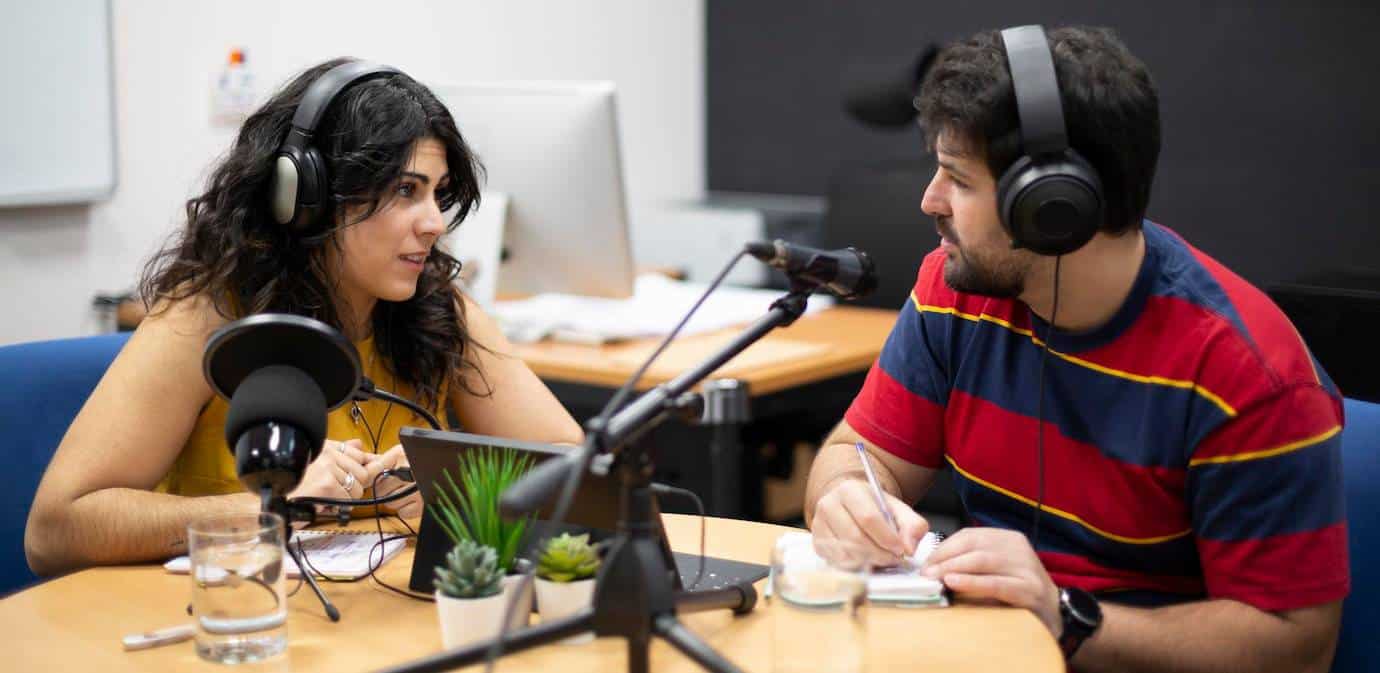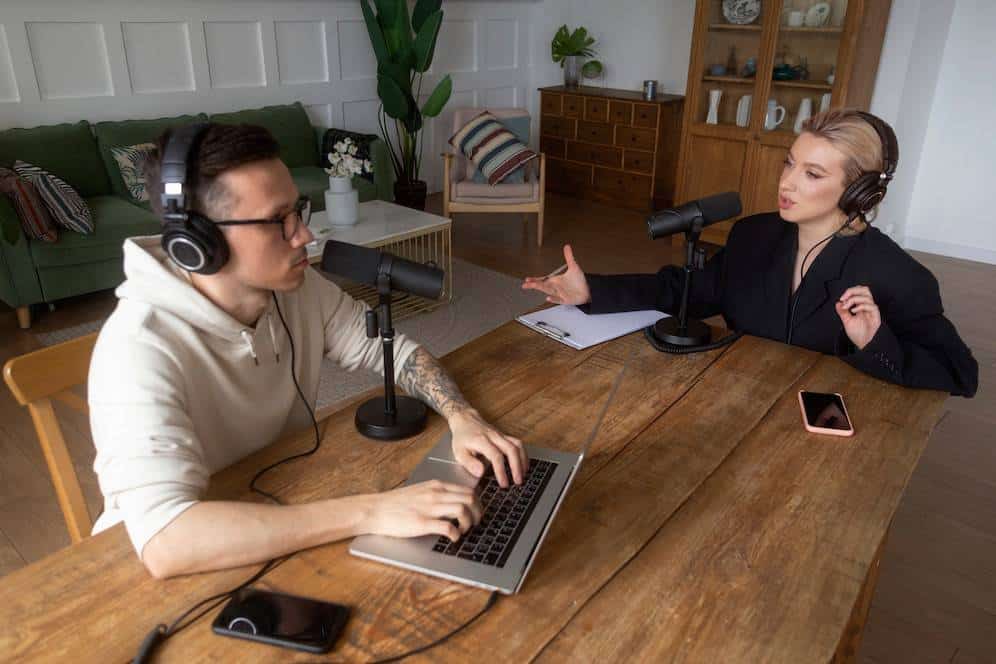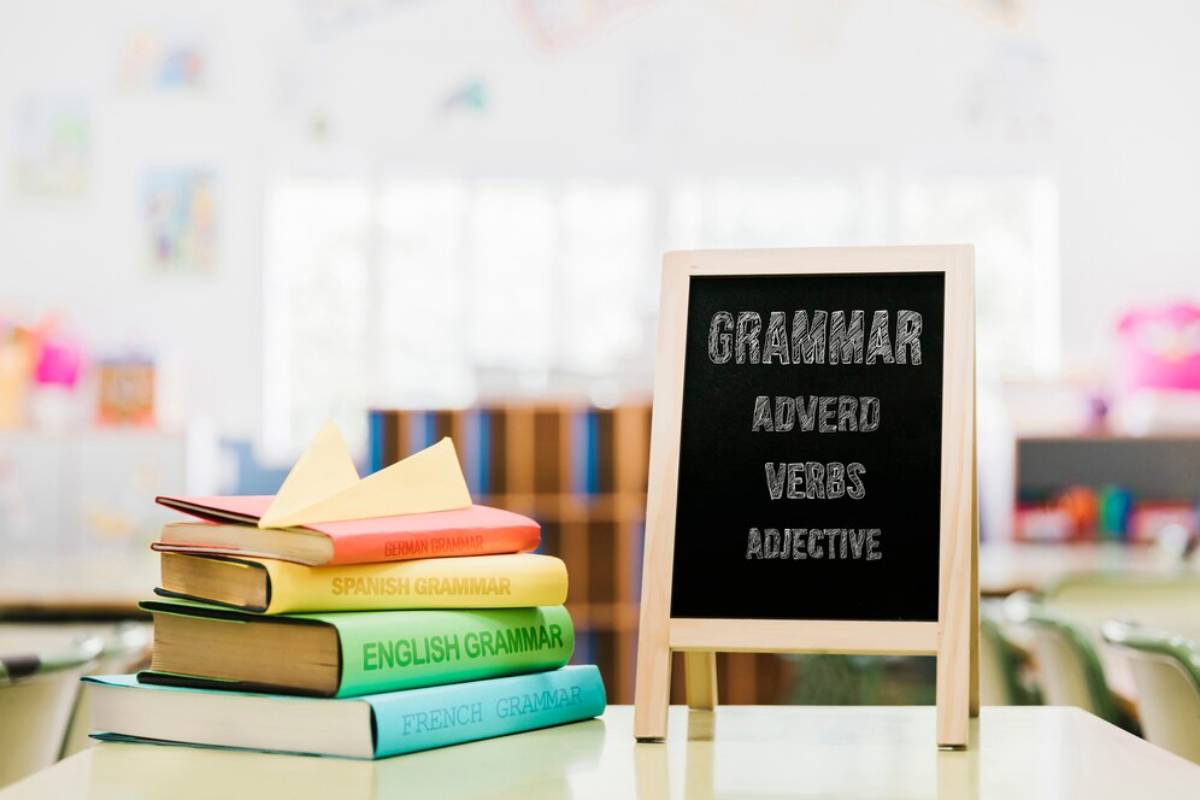
Best Podcasts to Learn a Language Fast
You want to learn a language, but your schedule is packed.
That’s where podcasts come in.
Whether you’re commuting, cooking, or walking your dog, you can turn that time into powerful language practice. Podcasts make it easy to listen, repeat, and learn — all without staring at a screen.
This blog will walk you through the benefits of using podcasts, how to make the most of them, and which shows to try if you want fast fluency and audio language immersion.
Why Use Podcasts for Language Learning?
1. You can learn anytime, anywhere
Podcasts fit into your life. You don’t need a textbook or a quiet room. Just your phone and some earbuds.
2. They improve your listening naturally
You’ll hear how native speakers really talk — tone, rhythm, filler words, and slang.
3. You can slow it down or repeat it
Most podcast apps let you adjust playback speed. You can slow things down to catch tricky parts or replay phrases until they stick.
4. They keep your ears in the game
Regular listening builds a strong habit. The more you hear the language, the more comfortable it becomes.
How to Choose the Right Podcast

There are thousands out there. Here’s how to pick one that suits your level and goals.
For Beginners:
- Look for slow, clear speech
- English explanations can help
- Basic topics like greetings, food, or travel
For Intermediate Learners:
- A mix of the target language and English
- More natural speech and real-life topics
- Guests or short dialogues
For Advanced Learners:
- All in your target language
- Complex topics and natural speed
- Interviews, news, or stories
Top Podcasts by Language
Here are some tried-and-tested podcasts for popular languages:
Spanish
1. Coffee Break Spanish: Great for beginners. Covers grammar and vocabulary in short, friendly episodes.
2. Notes in Spanish: Starts at beginner level and moves to advanced. Real conversations between a couple — one Spanish, one English.
3. Hoy Hablamos Daily: Episodes on current events and culture — all in Spanish.
French
1. Coffee Break French: Structured and easy to follow. Great for learning in chunks.
2. FrenchPod101: Huge library. Beginner to advanced. Includes vocabulary and cultural notes.
3. InnerFrench: Perfect for intermediate learners. Full French episodes with clear, slow speech.
German
1. Slow German with Annik Rubens: Topics about German culture. Great pronunciation and pacing.
2. GermanPod101: Covers all levels. Lots of variety and themed lessons.
3. Easy German: Also on YouTube. Their podcast gives real spoken German with transcripts.
Italian
1. Coffee Break Italian: Perfect for beginners. Builds up naturally with explanations.
2. ItalianPod101: Many episodes for different levels. Short, focused lessons.
3. Learn Italian with Lucrezia: Great for hearing real-life Italian. Relaxed and relatable.
Japanese
1. JapanesePod101: The go-to podcast for all levels. Tons of content, from grammar to conversation.
2. Nihongo Con Teppei: Simple episodes with a Japanese teacher speaking slowly and clearly.
3. Let’s Learn Japanese from Small Talk: Two Japanese friends chat about fun topics — great for intermediate and up.
Korean
1. Talk To Me In Korean: Very popular. Covers grammar, phrases, and real-world usage.
2. Iyagi (TTMIK): Natural Korean conversations. All in Korean, but clear and easy to follow.
3. Learn Korean with David: Short, helpful lessons and real examples.
How to Make the Most of Podcasts
1. Listen with purpose
Don’t just play it in the background. Choose a goal: learn 5 new words, understand a topic, or mimic a speaker.
2. Replay and repeat
Pause the episode. Repeat phrases out loud. Try shadowing — speak along at the same time as the speaker.
3. Use transcripts when available
Many podcasts offer transcripts. Read along to connect sound with spelling. Highlight new words.
4. Take notes
Jot down new words or expressions. Review them later and try to use them in your writing or speech.
5. Listen again after a few days
The second or third listen always feels easier. Repetition builds fluency.
Stay Consistent
- Add podcast time to your daily routine — during meals, walks, or chores
- Start with short episodes (5–10 mins)
- Follow a podcast series like a TV show
- Don’t worry about understanding everything — focus on progress
Real-Life Example: How Lara Learned Portuguese While Jogging
Lara, 29, wanted to learn Brazilian Portuguese. She had no time for classes.
So she combined her runs with podcast time. She listened to PortuguesePod101 and Fala Gringo. She shadowed short phrases and kept notes on her phone.
“I never sat down to study,” she said. “But after three months, I was chatting with my Brazilian friend without freezing.”
Things to Avoid
- Don’t start too hard – Choose your level honestly. Jumping in too fast can kill motivation.
- Don’t multitask too much – Some distraction is okay, but active listening matters.
- Don’t only listen passively – Speak, repeat, and take notes too.
- Don’t quit if you miss things – That’s normal. Keep going.
Niche Podcast Types
Looking for more variety? Try:
- True crime in your target language – addictive and story-based
- Children’s stories – simple vocabulary, great for beginners
- News shows – perfect for advanced learners
Search for “[language] podcast” or check Spotify and Apple Podcasts for regional recommendations.
Conclusion: Press Play and Start Learning

Language podcasts are one of the easiest ways to fit learning into your day.
They help you build listening skills, improve pronunciation, and get used to real speech — all while doing everyday tasks.
So choose a podcast. Set a small goal. And hit play. Fluency is closer than you think


